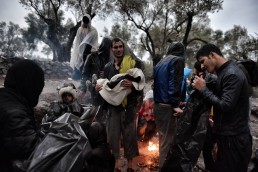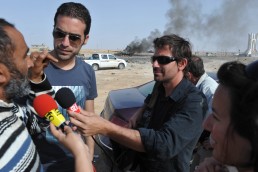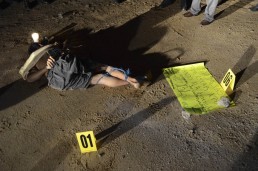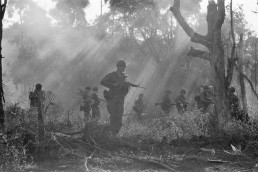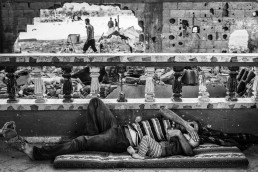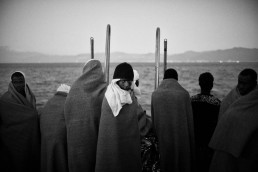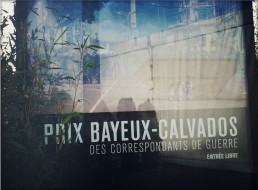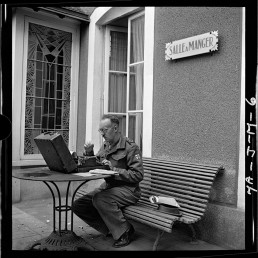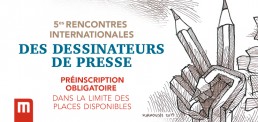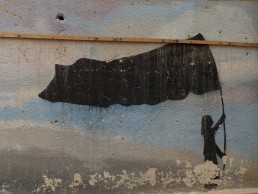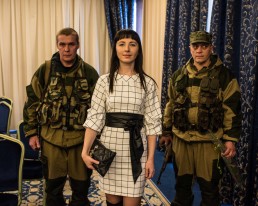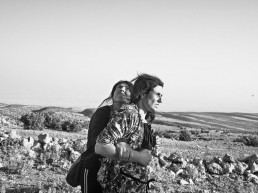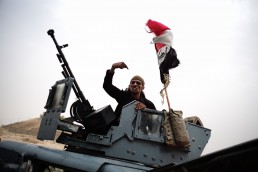Refugees across Europe
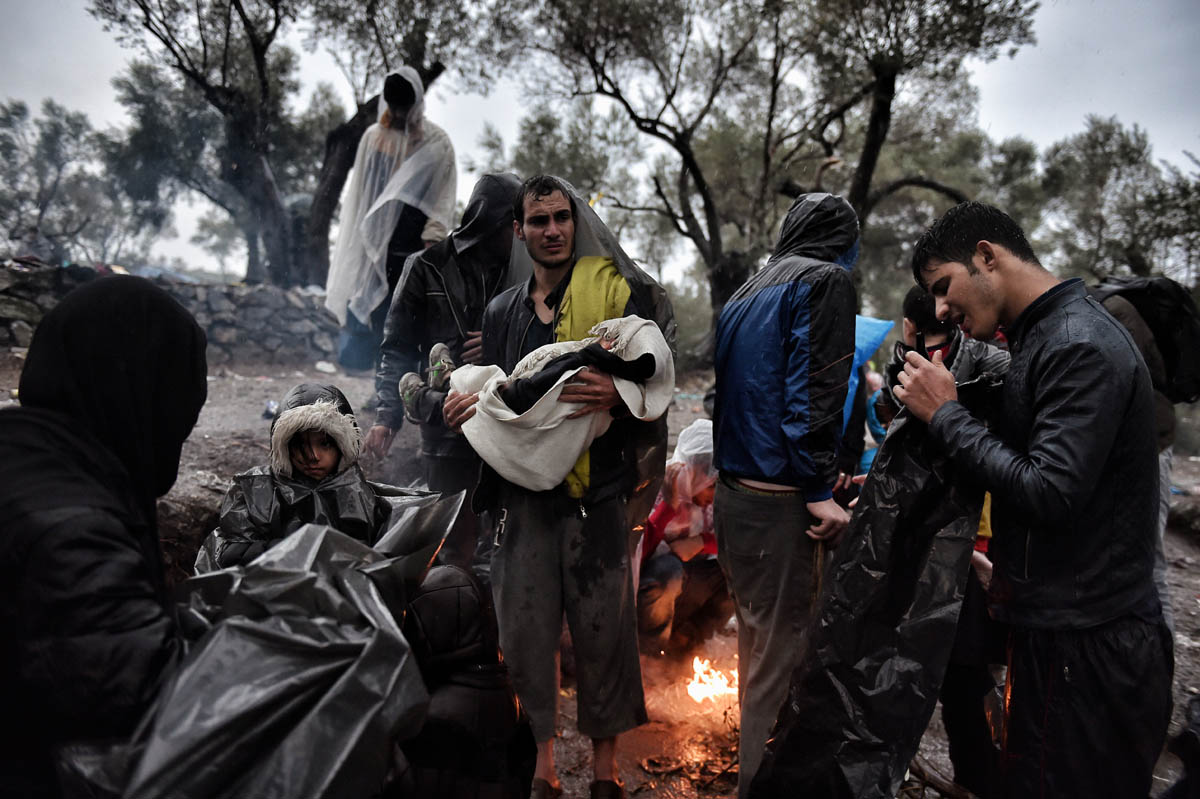
Collective exhibitions of AFP photojournalists
Since the summer of 2015, Europe is facing an unprecedented flood of migrants. Waves of refugees, mainly from Syria, Iraq, but also from the Horne of Africa, Afghanistan and Pakistan, arrive at the doors of Europe with the hope of finding a better life.
According to The United Nations more than a million of refugees have reached the European Union in 2015 and some 260.000 during the first six months of the year 2016 alone.
The AFP follows the journey of migrants through Europe from June 2015 to July 2016. The geographical localization of these images enables the visitor to follow their path across the continent.
The visitor can also browse through multimedia content, displayed as flashcodes and accessible via smartphones.
Outside in Bayeux.
The layout of the exhibition can be found in details at the Office of Tourism and here
Crédit :
This exhibition was created in association with the AFD, the UNHCR and Nikon.
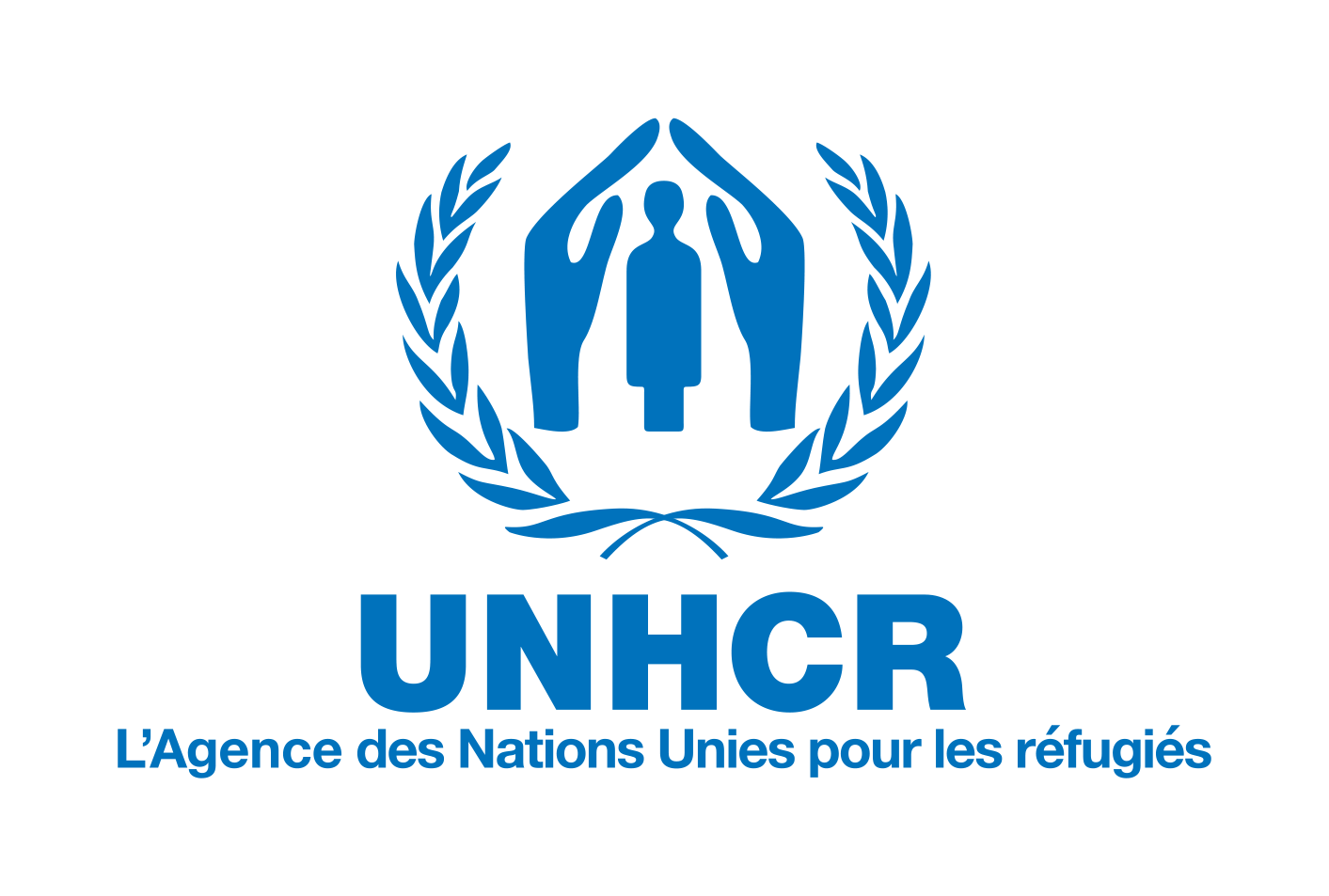

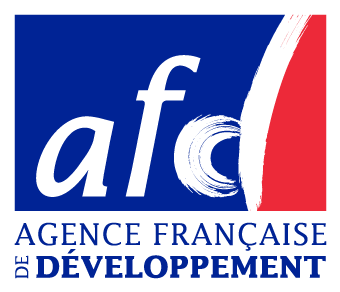
Unprecedented sound exhibition
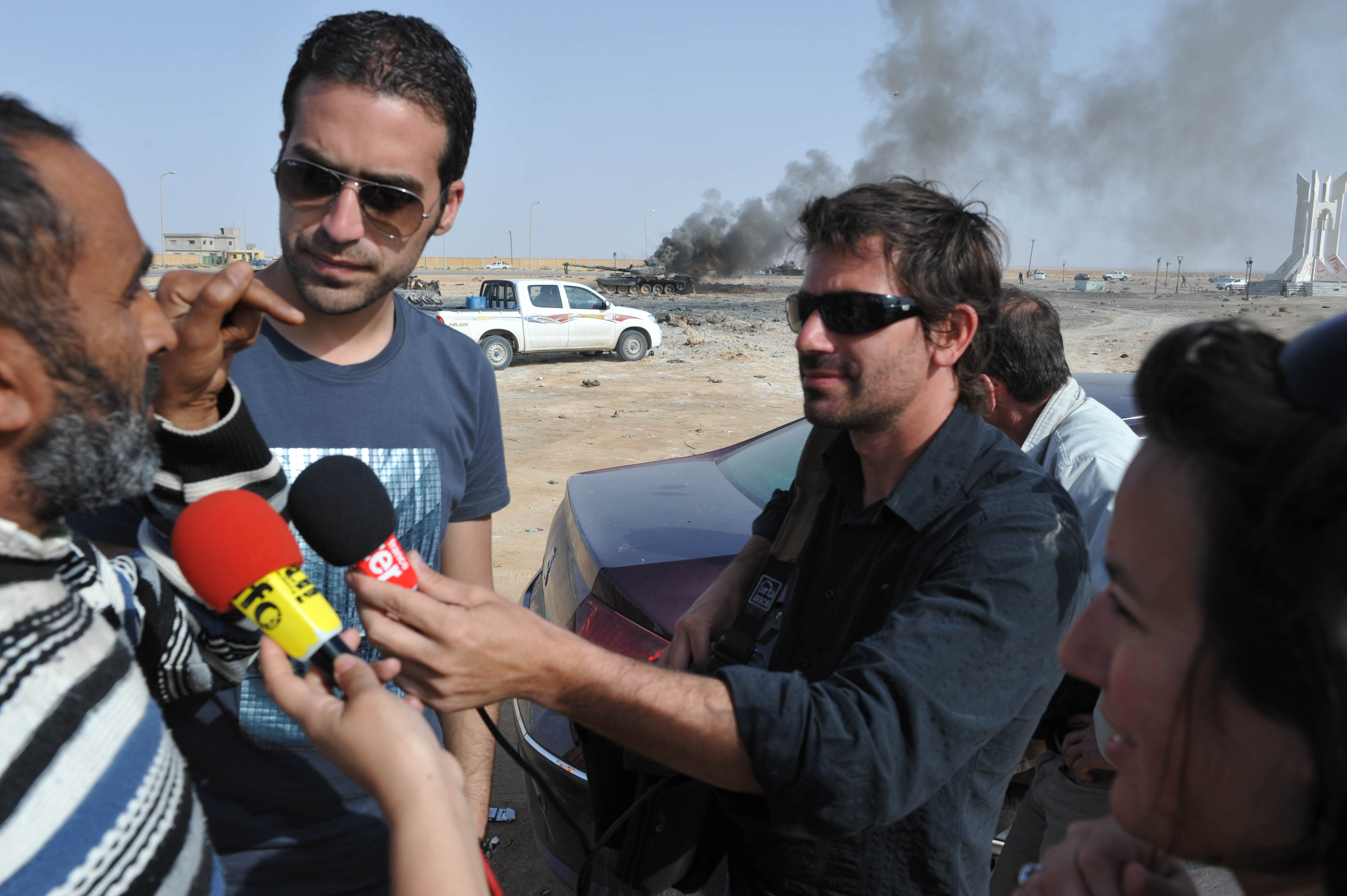
How to tell the course and work around sounds in radio reports on war grounds?
By means of specific examples (Gaza, Somalia, Ukraine, Libya, Central African Republic), the exhibition enables the visitor to experience sound like never before. As he moves through the exhibition, the visitor will see a report in the making, from start to finish. This exhibit will also explain the technical evolution over a period of 30 years (cellphone, satellite, and smartphones) and its impact on sound and shooting conditions.
Curators:
Jean-Marc Four (France Inter) – Jean-Marie Porcher (Radio France)
Crédit photo :
Sébastien Laugénie - Lybie 2011© Jean-Marie Porcher
Hôtel du Doyen - Rue Lambert-Leforestier
Open Monday through Friday October 3rd - 9th and the weekends October 10th - 30th
10am to 12.30pm and 2pm to 6pm
Exceptionally open Friday October 7th until 7pm and Saturday October 8th from 10am to 6pm.
Free admission
Nota Roja
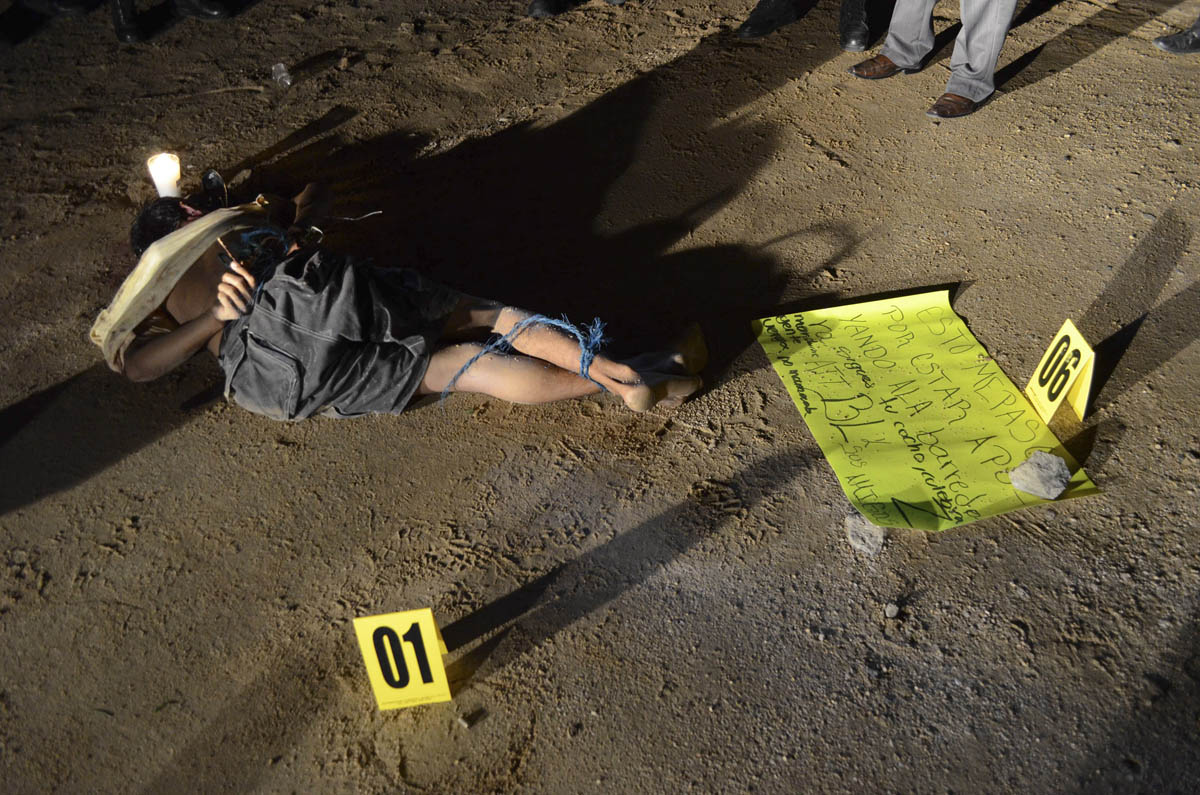
Acapulco, in the Guerrero province of Mexico was far from the coastal city enjoyed by American jet-setters in the 50s and 60s.
However, it was still a holiday destination of choice for many a few years ago. In proportion to the number of inhabitants, Acapulco is considered today as the most dangerous city in the country. 1.300 murders have been committed there over the past year. Five to six murders are committed each day.
Some forty gangs are fighting to take over control of the racketing and the barrios, the neighborhoods. The army and the police can barely contain the situation and an important numbers of neighborhoods are just off limit to them.
The photographs were taken by Bernandino Hernandez, an orphan, who arrived at Acapulco at the age of 3.
They shine a light on this war that dares not speak its name.
His work falls within the Mexican tradition of the Nota Roja, a literary journalistic genre highly popular at the beginning of the century whose origin is linked to the Mexican inquisition. Hernandez has documented both the transformation of his city and his own condition without ever being exposed or recognized.
The completion and singularity of his work over the last few years have yet to find a match.
Tapisserie de Bayeux Chapelle
Open every day 10 am to 12.30 pm and 2pm to 6 pm.
Exceptionally open Friday October 7th until 7 pm and Saturday October 8th from 10 am to 6 pm.
Free Admission
Curator : Laurent Van der Stockt
Crédit photo : © Bernandino Hernandez

In association with the
WARM Foundation
Gilles Caron : photographs of war
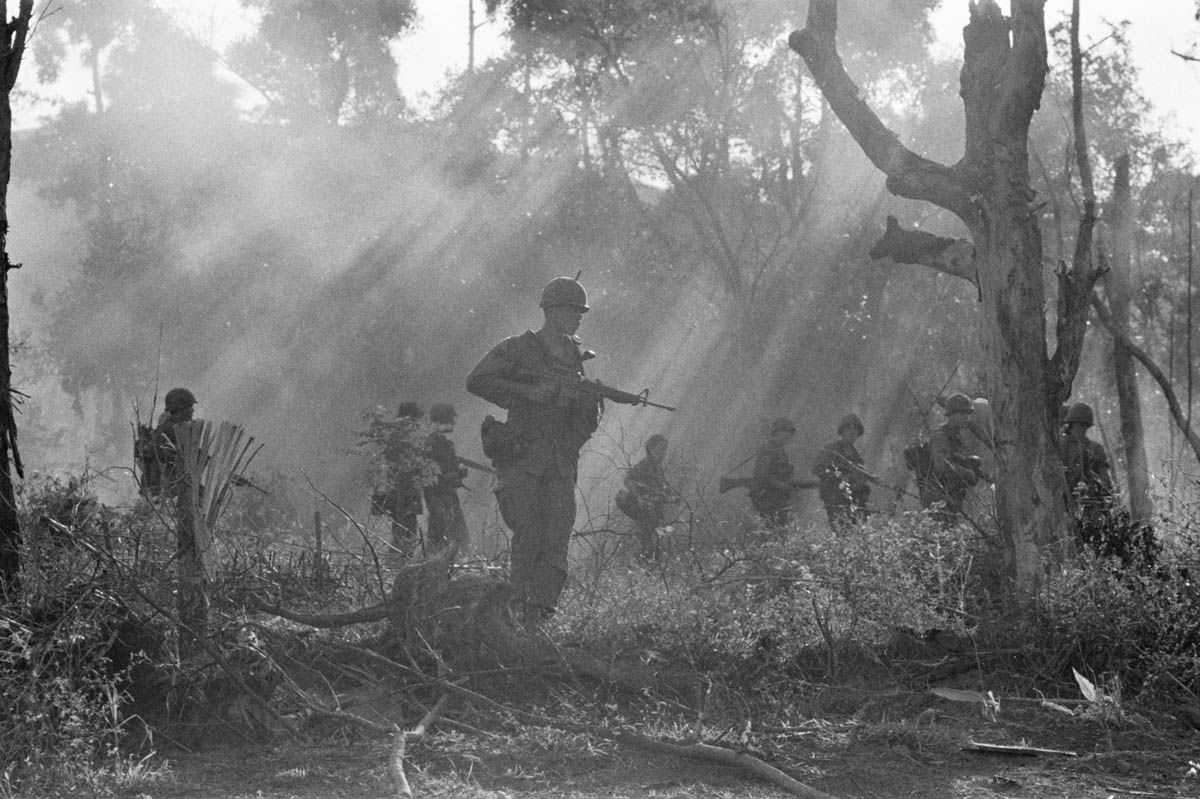
The Gill Caron foundation presents a selection of war photographs taken by war correspondent Gilles Caron. This event is realized parallel to the inauguration of the brand new stele dedicated to reporters whose bodies have yet to be found, and Gilles Caron in particular.
30 year old journalist who went missing in Cambodia on April 5, 1970, Gilles Caron had a growing career and left behind a collection of 700 reports. Thanks to his first war report entitled “Six Jours”, his agency GAMMA, ranked in the top media agency in the world for the year 1967. In 1970, he became a prisoner in Chad; he followed the May 1968 events in France and worked all over the world following the conflicts in Prague, Biafra, Cambodia and Vietnam. 50 years later, his work has the exact same intensity. Gifted with elegance, he knew how to shape symbolic and powerful images and became a significant actor of photography.
Recruited in Algeria during his military service, Gilles Caron is soon disgusted by the atrocities of the war. After careful consideration – as revealed by his personal letters – he takes the decision to desert the army. Since then, his gaze is entirely focused of the people: population or military personnel in their daily life. Without excess or tricks, the major events he works on illustrate a large range of conflicts in the twentieth century: civil wars, blitz, hunger…. Despite the risks he faced, he testified of the violence in the world.
Musée Mémorial de la Bataille de Normandie
Boulevard Fabien Ware
Open every day 10 am to 12.30 pm and 2 pm to 6pm
Exceptionally open Friday October 7th until 7 pm
Free Admission
Crédit : ©Gilles Caron
Gaza, the aftermath
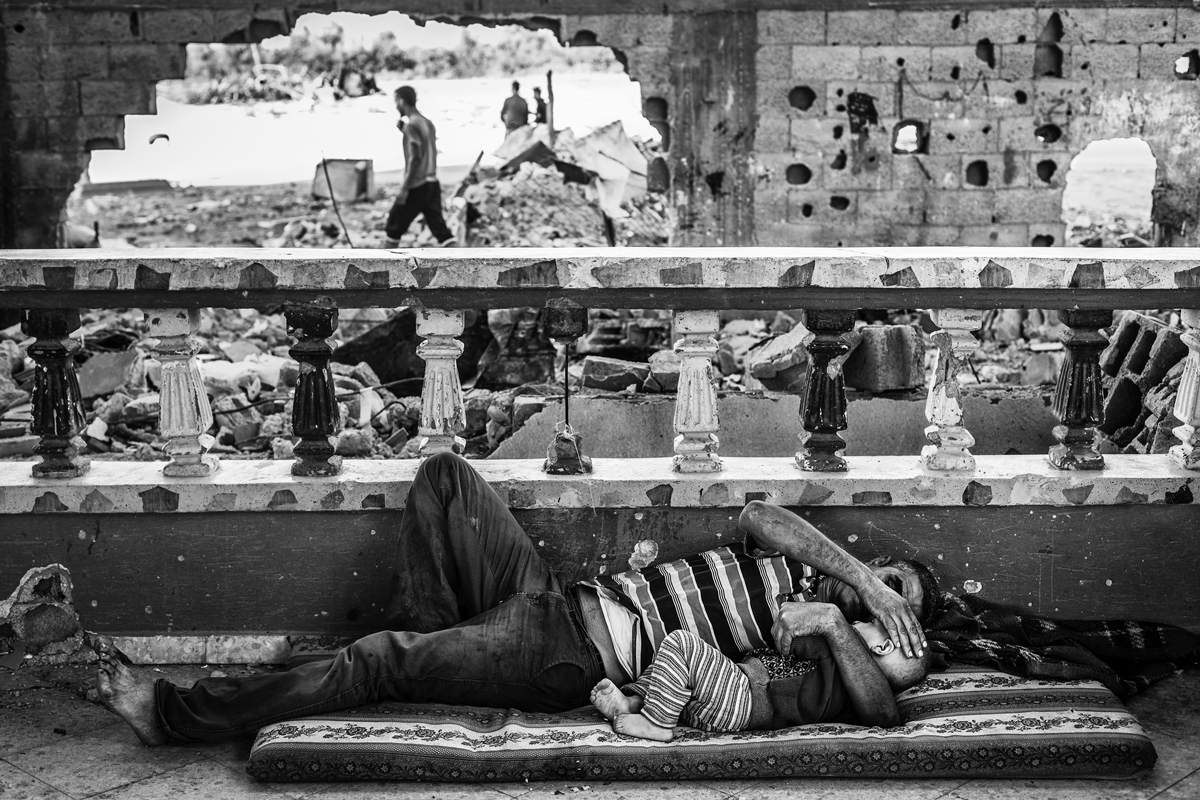
From July 2014 to February 2016, the Belgian photojournalist Virginie Nguyen Hoang went to Gaza five times.
She was there during the Summer 2014 War and decided to return to Gaza in order to relate the reconstruction of Gaza through the daily life of four families.
The conflict between the Israeli army and forces of Hamas and the Islamic Jihad in Gaza were responsible for 2.502 Palestinian deaths and 71 for Israel, including 66 soldiers. Among the Palestinian victims, 1.583 were civilians, 521 children and 283 women (According to the Office for the Coordination of Humanitarian Affairs).
Since the cease-fire, the Office for the Coordination of Humanitarian Affairs estimates that 100.000 civilians have been displaced from the Gaza Strip, including 28.000 who have sought refuge in UNRWA schools that have been transformed into shelters. Others found asylum with families or friends, or they simply went back to live in the ruins of their own homes with the hope to obtain financial help.
Virginie Nguyen Hoang got involved in the daily life of four families in order to visually report their life and their fight to rediscover a peaceful life.
Musée d’Art et d’Histoire Baron Gérard
37, rue du Bienvenue
Open every day 10 am to 12.30 pm and 2 pm to 6pm
Entrée libre

The Boat People of the Deep Blue Sea
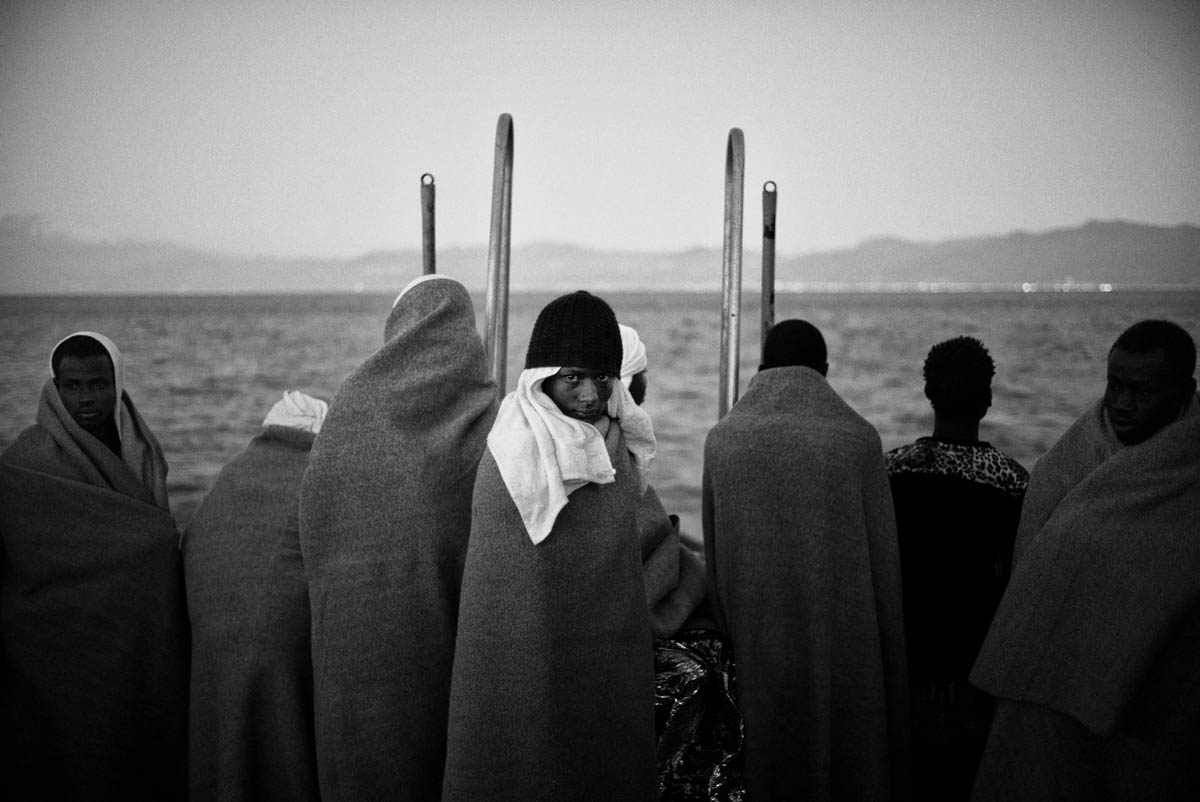
Since February 25th, a characteristic vessel cruises off the coast of Libya: the Aquarius, a civil lifeboat.
Across its flank, bold black letters are visible from afar: SOS Méditerrannée. This is the name of the NGO who sent it. A young European NGO created in May 2015 by the Captain of the German Merchant Navy, with a sole objective: to save lives. His characteristic: his total independence from a government and the European Union.
The refugees rescued by the Aquarius are known as boat people. They fled their country, south of the Sahara, in order to flee wars or poverty. Today, as they embark on inflatable dinghy made in China, barely able to float in a swimming pool, they are focused on one thing only: saving their life.
In Libya, being black is a nightmare: death is everywhere, so are kidnappings, extortions and incarcerations in revolting living conditions. Rape, hunger, fear and shootouts are also common practices.
By rescuing the boat people, listening and taking their picture, we bear witness to their ordeal and give them a voice to be heard beyond the walls that Europe is building.
Espace d’art actuel Le Radar
24, rue des cuisiniers
Open Tuesday through Sunday 2.30 pm to 6.30 pm and Saturday 2 pm to 7 pm.
Exceptionally open Monday October 3rd 2.30 pm to 6.30pm, Friday October 7th 2.30 pm to 7 pm and Saturday October 8th 10 am to 7 pm.
Free Admission
Crédit : ©Édouard Élias
Exhibition of the work selected for the 2015 award
Presenting the 55 reports in the competition :
Radio, Photo, Written Press, Television, grand format Television, Young Reporter, Web Journalism.
Office de Tourisme
Pont Saint Jean
9.30am to 12.30pm and 2pm to 6pm
Admission free
Somewhere in France
Summer 1944 by John G. Morris – Contact Press Images
A photographic record of day-to-day life in the summer of 1944, during the arduous liberation of France.
John G. Morris, picture editor for Life magazine in 1944, arrived in France seven weeks after D-Day, in the middle of the Battle of Normandy. He had come to give help and support to the correspondents of his weekly magazine – figures such as the legendary Robert Capa – in producing their reports. Armed with a Rolleiflex and about fifteen rolls of black and white film, he went around capturing things he observed here and there during the summer of 1944. These were not combat photographs, and they remained at the bottom of a drawer for decades since John G. Morris did not consider himself to be a professional photographer. Robert Pledge of Contact Press Images eventually persuaded him to publish these forgotten images together with the letters John had sent to his wife in the United States during this period spent in France.
copyright John Morris / Contact Press Images
Memorial Museum of the Battle of Normandy
Open daily 10am to 12.30pm and 2pm-6pm
Admission from € 5,50 to € 7
Exhibition of a fresco paying tribute to the victims of the 7 January attack
In partnership with the Mémorial de Caen and Les Rencontres du dessin de presse.
40 cartoonists from all over the world will create a fresco during Les Rencontres du dessin de presse (Cartoonists’ Forum) held on 11, 12 and 13 September, as a tribute to the victims of the 7 January attack. The fresco will be exhibited at Bayeux during the week.
MAHB - Musée d’Art et d’Histoire Baron Gérard, 37 rue du Bienvenu
Open daily 10am to 12.30pm and 2pm-6pm
Admission free
“Shoot the War” - Takes on war by Iraqis
Conceived and supervised by Katia Jarjoura
In a period when Iraq is waging a deadly war against Islamic State and is once again in danger of descending into sectarian conflict, a new generation of film directors is starting to emerge.
After bearing the brunt of the American invasion and its disastrous aftermath – violence between religious groups, car bombs, kidnappings and the emergence of fanaticism – these young film-makers use the camera to communicate the volatile nature of everyday life in Iraq.
Katia Jarjoura, a Lebanese-Canadian film director who knows Iraq well, has set up an intensive short films workshop for young Iraqi film-makers in order to encourage and support the re-appearance of film-making in this region torn apart by conflict.
Copyright : Katia Jarjoura
Seconde Vague Production – Arte
With support from the Baghdad International Film Festival (BIFF) and Iraq Association for Cinema and Cultural Development (IACCD)
Hôtel du Doyen – rue Lambert-Forestier – Free entrance
Open everyday from 5 to 11 October
From 10 a.m. to 12.30 p.m. and from 2 p.m. to 6 p.m.
Exhibition ‘Ukraine – from West to East’
Guillaume Herbaut, Jean-Philippe Stassen, Vadimsky
Over a period of three weeks, from 23 February to 15 March 2015, photographer Guillaume Herbaut and cartoonist and comic strip author Jean-Philippe Stassen, with the help of Vadimsky and his camera, travelled across Ukraine from West to East. Their daily accounts of the journey through this war-torn country take the form of a chronicle.
In partnership with Le Monde, la Revue Dessinée and Futuropolis
Copyright : Guillaume Herbaut / Institute
Le Radar – 24, rue des cuisiniers
Open from Tuesdays to Sundays from 2:30 p.m. to 6:30 p.m., Saturdays from 2 p.m. to 7 p.m., open exceptionally on Monday 5th October from 2.30 p.m. to 6.30 p.m. and Saturday 10th October from 10 a.m. to 7 p.m.
Free entrance
"Discordia"
By Moises Saman / Magnum Photos
With the partnership of the Warm Foundation , the exhibition was shown in Sarajevo last june for the second edition of the Warm Festival.
DISCORDIA documents photographer Moises Saman’s personal journey as a witness to the Arab Spring. This body of work takes the viewer on a four-year voyage through Tunisia, Egypt, Libya, Iraq, Lebanon and Syria as these states drift from revolutionary throes to violent fallouts. This project chronicles the indelible transformation of the region in this momentous period in Arab history.
Moises Saman is an American/Spanish documentary photographer and a member of Magnum Photos. His work has focused on the wars in Iraq and Afghanistan, and more recently the turmoil of the Arab Spring. Moises was one of the first photographers to reach northern Afghanistan after the 9/11 attacks in 2001, and one of the few journalists inside Baghdad during the initial “Shock and Awe” bombing campaign in 2003 against the regime of Saddam Hussein in Iraq. His body of work from Iraq and Afghanistan has received numerous international awards. In 2011, Moises relocated to Cairo, Egypt, where he was based for three years while covering the Arab Spring for The New York Times and The New Yorker. His ongoing book project 'Discordia' documents the tumultuous transitions that have taken place in the region. The work featured in 'Discordia' has received numerous awards, including the Eugene Smith Memorial Fund (2014), the Henri Nannen Preis (2014), the World Press Photo (2014), and Pictures of the Year International (2012, 2014). In 2015 Moises received a Guggenheim Fellowship to continue his work in the region.
Copyright : Moises Saman / Magnum Photos
Tapisserie de Bayeux - La Chapelle
From 10 a.m. to 12.30 p.m. and from 2 p.m. to 6 p.m.
Open exceptionally Friday, 9thOctober until 7 p.m. and Saturday, 10thOctober from 10 a.m. to 6 p.m.
Free entrance
From Mossoul to Rakka
percussions and battles surrounding the self-proclaimed Caliphate of the Islamic State.
In June 2014 the jihadist movement captured the Iraqi city of Mosul. Having taken advantage of the chaos reigning in Syria to seize control of the land, resources and population of the eastern part of the country, it continued to extend its zone of influence southwards, until in May of this year it entered the city of Ramadi, about 100km from Baghdad.
As a result of their savage repression of a Sunni opposition which they had already succeeded in radicalising, and in the absence of any attempt to stop them on the part of the international community, the Syrian and Iraqi governments managed to create ideal conditions for the expansion of Islamic State.
The photographs exhibited here show the victims, the displaced, and the settings for the horrific repression carried out by Islamic State jihadists, as well as the various groups fighting against them – Kurdish fighters from Iraq and Turkey, Shiite militiamen and soldiers of the Iraqi Army.
Copyright: Ayman Oghanna
Outside in Bayeux :
The exhibition circuit is set out in detail in a document available at the tourist office and in public buildings.

